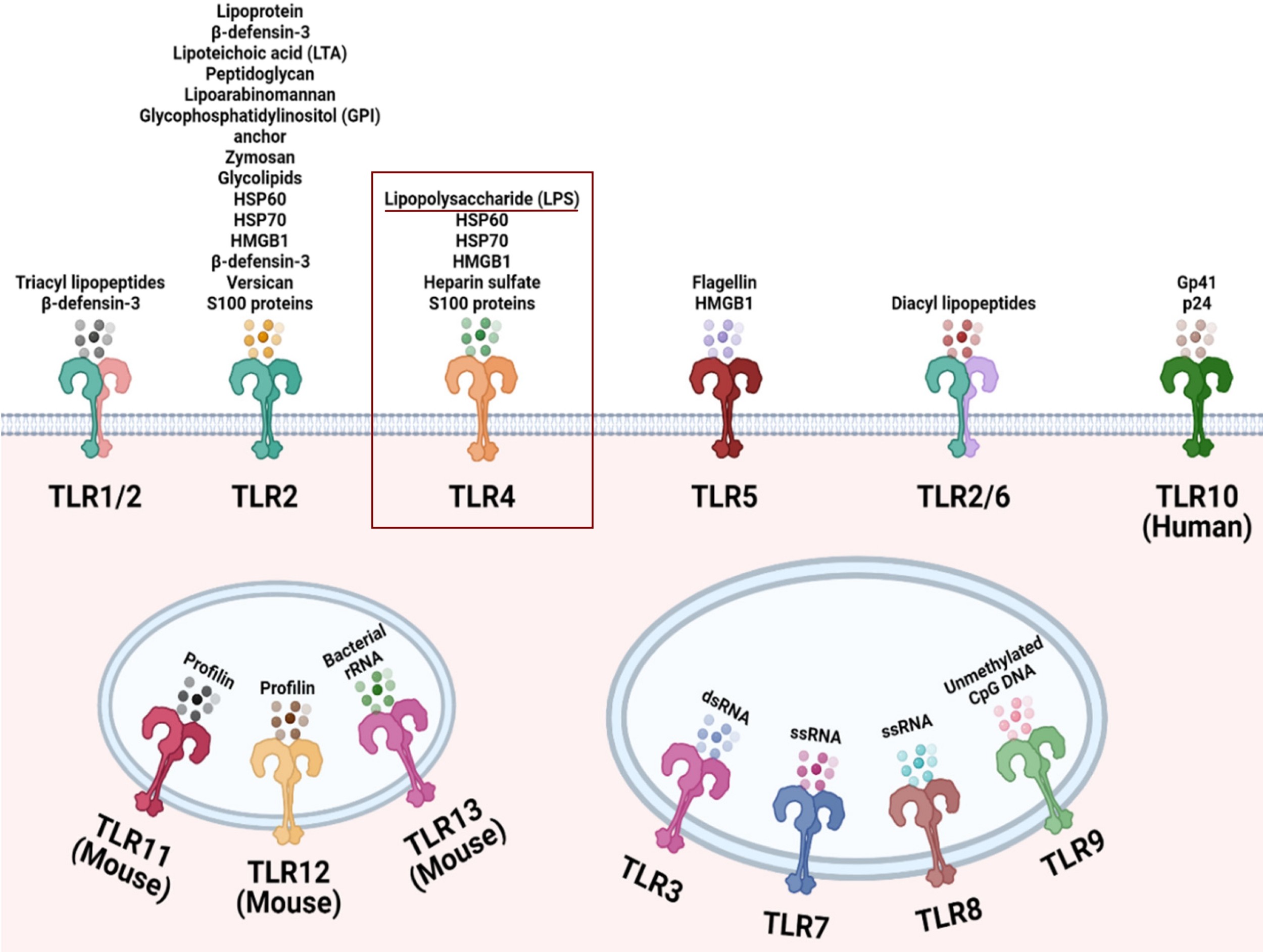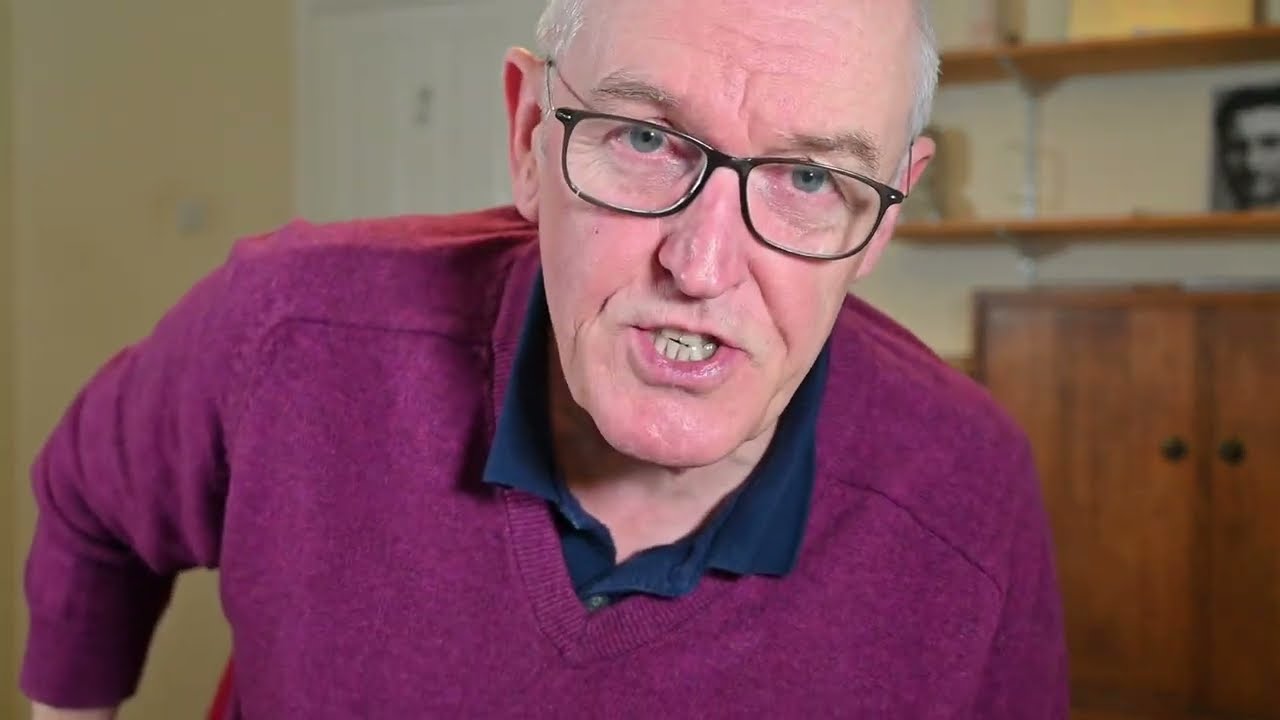§ɦṛɛɗɗịɛ ßịⱺ𝔩ⱺɠịᵴŧ
“I would rather have questions that can’t be answered than answers that can’t be questioned.” - Rich Feynman
- 1.3K Posts
- 393 Comments

 0·9 days ago
0·9 days agoHe got pushback from YouTube about covering studies which demonstrated the COVID vaccine, especially the first couple versions, had substantially more negative side effects than what was disclosed. He also go in trouble for quoting recommendations from studies as well. If he went rogue, it was all based in science. He was initially all in on the vax, then as more and more research came out, he was blown away no mainstream outlets were covering the new information.

 0·13 days ago
0·13 days agoWell, vaccines are very different than antibiotics. While there was the first new antibiotic made in ages earlier this year that’s highly selective for specific bacteria, it only works against gram-negative bacterial cells. C. diff is gram-positive and has been an issue for a long time. It’s notorious for it’s recurrence rate as it’s great at surviving conditions which kill most bacteria. It infects 500,000 people each year, with 20%+ of them being a reoccurring infection. Since new antibiotics are very tough to engineer, a vaccine makes way more sense and it will provide treatment for half a million people annually moving forward!

 0·13 days ago
0·13 days agoYep! The mRNA vaccine project started in the 1980’s and to provide an elaborate use case, theye designed it to be a “blank check”. Meaning whatever disease, toxin, allergy, autoimmune disorder, or cancer researchers want to vaccinate against is likely possible.

 0·1 month ago
0·1 month agoWith diffusion being a foundational aspect of solutes mixing in solutions, the water should have an even distribution of the contaminants. However, the tidal force of water associated with a storm surge probably throws a wrench in the plan here. But generally, it’s evenly spread throughout and will be found in relatively even amounts everywhere the water settles.

 0·1 month ago
0·1 month agoI mean, the research paper from the study doesn’t reference dopamine at all. It focuses on electric pulses associated with visual interpretations of the environment. It does reference a reward system stating “arguably the main purpose of extracting the underlying structure of temporal sequences is to predict what is likely to happen next in order to choose appropriate actions and maximize reward.” But it appears as if this is variable for each situation for each participant. Nonetheless, I like where your head’s at, I just don’t see it being associated with the analysis.

 0·2 months ago
0·2 months agoYa, they should have worded the title more accurately. It’s a reference to your biological age, which is the age of your cells/tissues/organs. You have a variation of biological ages across your different cells/tissues/organs. This makes it pretty wild the education of your grandparents would have any impact on it!

 0·3 months ago
0·3 months agoYep, @[email protected] knows what’s up. PFAS are one group of forever chemicals. While 2,3,7,8-tetrachlorodibenzofuran (TCDF) shares many characteristics with “forever chemicals” like PFAS, including persistence, bioaccumulation, and toxicity, it belongs to a different chemical class (Persistent Organic Pollutants aka POPs). Nonetheless, its environmental and health impacts are significant, and efforts are needed to reduce its presence in the environment!

 0·3 months ago
0·3 months agoThis is another reason to favor Beyond over Impossible! Additionally, Beyond has always been gluten-free while Impossible made their recipe gluten-free years down the road.

 0·3 months ago
0·3 months agoIn part, according to one of the head researchers, "compared to prior studies that relied solely on epidemiological data, we integrated multiple layers of information, including epidemiological data, conventional metabolic biomarkers, and cutting-edge metabolomics”.
So in addition to finding the meta data, they also dug into the biomarkers present, which already have detailed molecular pathways known. On top of this, metabolomics interpreted the chemical processes involving metabolites, the small molecule substrates, intermediates, and products of cell metabolism. Together, these aspects helped demonstrate the molecular consequences of ingesting animal products. The epidemiological layer assessed the incidence rate of developing T2D and then investigate how many involved the consumption of animal products for the individuals.
This being the case, it appears to be more than just correlation, as once the meta data was found, the team investigated the causation of the meta data’s findings.

 0·3 months ago
0·3 months agoThis is wild, TLR4 is associated with our immune systems identification of LPS, which is found in the outer layer of gram-negative bacterial cells. So why it’s associated with the SARS-CoV-2 virus is mind bending. For anyone interested in the TLR’s found in the immune system, here you go:

It’s well know NF-kB is directly associated with NOD-Like-Receptors, which produces inflammation as an inflammasome. This is what allows immune cells to target the area in numbers. But the TLR4 involvement here is puzzling, would have 100% bet against it’s involvement for the immune response to SARS-CoV-2!
Edit: For clarity, S100 proteins are only found in vertebrates, Heparan Sulfate is expressed by mammals on cell surfaces and in the surrounding extracellular matrix. HMGB1 works as chromatin binding factor in our bodies. HSP60 + HSP70 (known as Heat Shock Proteins) are found in both prokaryotes and eukaryotes and are a response to stressful conditions. They’re basically chaperones and help control protein folding, transport, degradation, cell differentiation, and translocation. But viruses aren’t prokaryotes, so the HSPs they’re using durning an infection are from the host. This helps show why I’m soo blown away with TLR4 being involved here!!
 0·3 months ago
0·3 months agoWhat I never see covered is how Project 2025 is built off of the Mandate for Leadership published in 1981, which was associated with Ronald Reagan. There was also one published in 2015 when Trump ran for the first time. Project 2025 is basically an updated version of the 1981 and 2015 publications. Granted, it’s atrocious, but it’s all been referenced in some fashion before. This makes the intense focus on Project 2025 seem a bit odd, especially when I don’t remember it being discussed at all in 2015.

 0·3 months ago
0·3 months agoI studied Microbiology and Immunology in undergrad and now working on an immunology PhD. It’s for sure my favorite system to study. Check out Jane Way’s Immuno Biology. It’s an amazing book to get comfortable with how elaborate the immune system function is in our bodies. Learning something new everyday is a goal of mine, sounds like it’s the same for you too, which is fun. But ya, immunology is the bee’s knees’s!!!

 0·3 months ago
0·3 months agoYa, feedback loops are everywhere in the body. It’s basically the default for any reaction involving enzymes, which is most of them. But since heart attacks are a clogging of the passage and only result in tissue damage, I could only see this being used afterwards. But with spinal injuries, it maybe a different story.
I’d bet the collagen is there to ensure it’s well received in the heart. As collagen is the main structural protein in the extracellular matrix of a body’s various connective tissues. It could also be a guide to ensure it goes to the right location.
Well, it’s definitely not an antagonist, it’s more the activator of healing if anything. When used for spinal cords, it was “injected as a liquid, the therapy immediately gels into a complex network of nanofibers that mimic the extracellular matrix of the spinal cord. By matching the matrix’s structure, mimicking the motion of biological molecules and incorporating signals for receptors, the synthetic materials are able to communicate with cells.” So the motion is just used to active the tissue repair process.
When it comes to immune cells, Th2 is only found as the primary immune pathway in the heart after cardiac arrest. Beforehand it’s mainly Th1, which is ideal to eliminate forien bacteria as well as viruses. Th2 is primarily for parasite defense, while also resulting in allergies and the regeneration of mucus. This is a contributing factor in being more likely to have a 2nd cardiac arrest after the 1st.
Th2 vs Th1 is a complex relationship, and it’s primarily formed earlier in life. This is why some folks in the 70s used tape worms to cure aliments. It shifted the Th1 response to Th2, providing some relief, yet you had a tape worm in you…

 0·3 months ago
0·3 months agoThe dancing molecules lead to gene expression which then starts regenerating the cartilage. They are basically an on switch for the repair. This is massive as it could prevent cardiac arrest from occurring down the road. When cardiac arrest takes place, the chances of it happening again drastically increase due to an alternation of the immune cells made in the heart.
For my fellow nerds, cardiac arrest leads to Th2 immune cell production in the heart instead of Th1, and Th2 is great against parasites, but that’s not very helpful at keeping the heart safe. Th2 is also involved in most allergies, which isn’t ideal here either. Meaning, by turning on repair genes in the heart before things get more out of line, it will decrease the chances of cardiac arrest, which has numerous benefits immediately as well as down the road.
Like most biological reactions, tissue repair is regulated in a feedback loop. So the dancing molecules get the process started, and once complete the body then stops, as this allows for energy conservation.
 8·6 months ago
8·6 months agoUsing cash to buy a prepaid card is always a decent option. Makes it very difficult to associate the payment with the buyer. As far as a MySudo alternative, keep an eye on JMP.chat! They do work in the EU now, but they only provide US numbers. However, they are actively working on being able to provide EU numbers at least.
 156·6 months ago
156·6 months agoCornel West is the best option available, the united states NEEDS an intellectual, philosopher, and social critic in office. It’s been an exceptional shit show more recently. Voting in someone with the ability to actually contemplate the consequences of their actions and not just listen to those with the most money is severely needed to get back on the path to being a functional country.

 501·6 months ago
501·6 months agoThe researchers believe it affects all VPN applications when they’re connected to a hostile network and that there are no ways to prevent such attacks except when the user’s VPN runs on Linux or Android.
Once again, Linux with a win!

 921·6 months ago
921·6 months agoRemember when Biden condemned the brutal police response against the BlackLivesMatter protest? That’s when Trump was in office and Biden was running against him. He stated there must be a right to assembly and freedom of speech. Yet when he’s put in a similar situation, it’s no different. The US is accelerating their decline to further line the pockets of the ruling class. It’s legitimately horrendous!

 22·6 months ago
22·6 months agoAegis is my absolute favorite for 2FA’s, give it a try for sure. Pretty sure it’s only available on Android unfortunately though.

















I’d say I’m one (1) eldritch scientist + Sat[censored]art